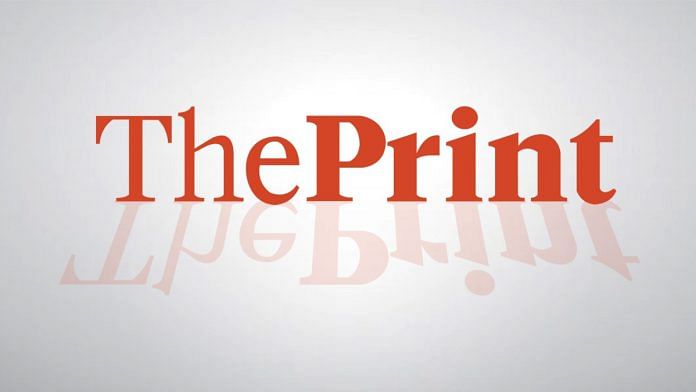New Delhi, Apr 24 (PTI) Medical experts have advocated the need for effective communication and evidence-based strategies to raise awareness about cervical cancer, rather than hinging on sensational tactics like faking death.
In a commentary three doctors, including two from AIIMS, said the deceitful attempt to raise awareness about cervical cancer by faking death garnered significant attention on electronic, print and social media platforms but overshadowed the much-needed discussion that needs to be held in the media and by the public about the plight of women and their families affected by the disease.
The commentary “Cervical cancer advocacy: needs more than faking death” by Abhishek Shankar, assistant professor in Radiation Oncology at AIIMS, Delhi, Dr Divya Sehra, a Gynecologic Oncology pass out from AIIMS, Delhi and Dr Shubham Roy, consultant of Developmental and Behavioral Pediatrics and Director, Shining Stars Child Development Center, Delhi, has been published in The Lancet Regional Health – Southeast Asia on Wednesday.
“The last time there was such significant attention given to the disease was in 2009 when the India-IARC multicentre study was abruptly stopped due to seven unrelated deaths in HPV vaccination demonstration projects in India,” the doctors said.
“The India- IARC trial was a landmark study that provided the World Health Organisation (WHO) with robust evidence, prompting consideration for a change in the dosing schedule from three doses to one or two doses,” they said.
This change had the potential to extend vaccine coverage to hundreds of thousands of girls in the target age range, they said.
Following the WHO’s call for global action to eliminate cervical cancer in 2018, India started prioritising vaccination, screening, and treatment of cervical cancer, intending to achieve elimination goals of 90/70/90 per cent in respective domains by 2030.
This would have enabled India to reach and maintain an incidence rate of below 4 per 100,000 women, they said.
“The introduction of the first indigenous vaccine at an affordable price, alongside the Government pilot project announcement on HPV vaccination in many states, accelerated India’s cervical cancer elimination efforts,” the experts said.
“However, there is much more to do in terms of making the general population aware of cervical cancer, especially given that fewer than one in ten women have been screened and there has been a limited vaccination drive in India in the past 5 years,” they stated.
Effective communication stands as the best method to raise awareness and to influence people to engage with screening and vaccination programmes.
However, public education and awareness is a long-term process, with little investment, the doctors pointed out.
Whilst awareness is being created through various media channels, challenges persist in terms of the credibility of the content and methods of communication, particularly, because of the sensitive nature of the issue around sexual transmission, they said.
Even though there are more than 1.27 lakh reported cases of cervical cancer and approximately 80,000 deaths among women reported in 2022 in India, awareness of this disease at the ground level remains alarmingly low, the doctors highlighted.
“Cervical cancer is a culturally sensitive disease given its transmission through the sexual route and all state stakeholders i.e. gynaecologists, oncologists, policy makers, media, and NGOs have a critical responsibility to start initiating more discussion throughout the year not only restricting to the cervical cancer awareness month in January,” they said in the commentary.
Effective cancer awareness demands evidence-based strategies, and achieving awareness goals cannot hinge on the tragedy of one person’s fake death (especially in such a fast-paced news cycle), they said.
“This prompts reflection on the need for interventions in public awareness, that are sustainable in the long term and extend beyond the realm of misinformation campaigns,” the commentary added. PTI PLB NB
This report is auto-generated from PTI news service. ThePrint holds no responsibility for its content.



